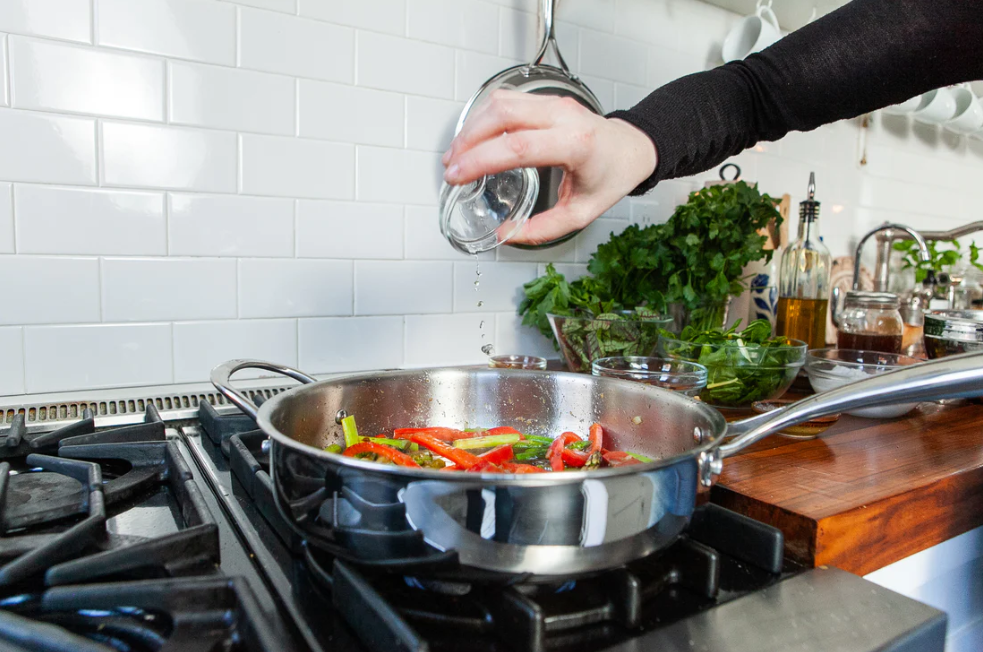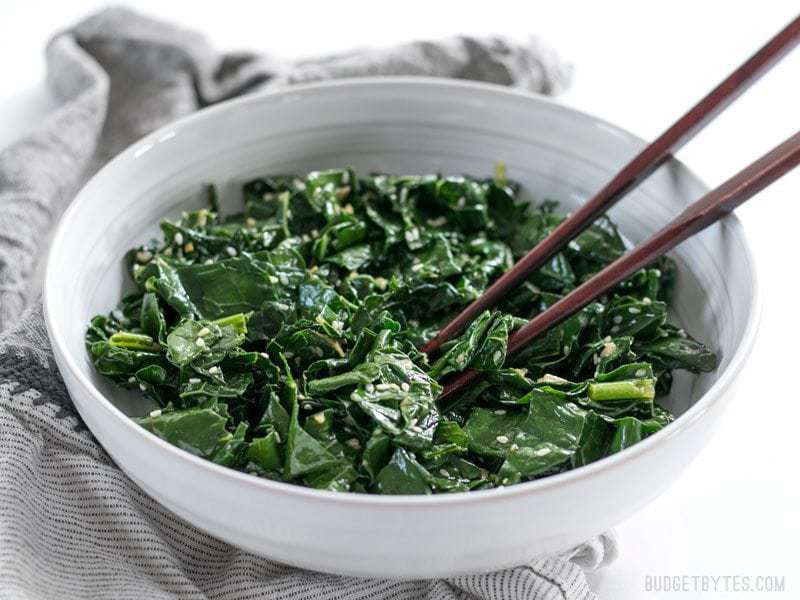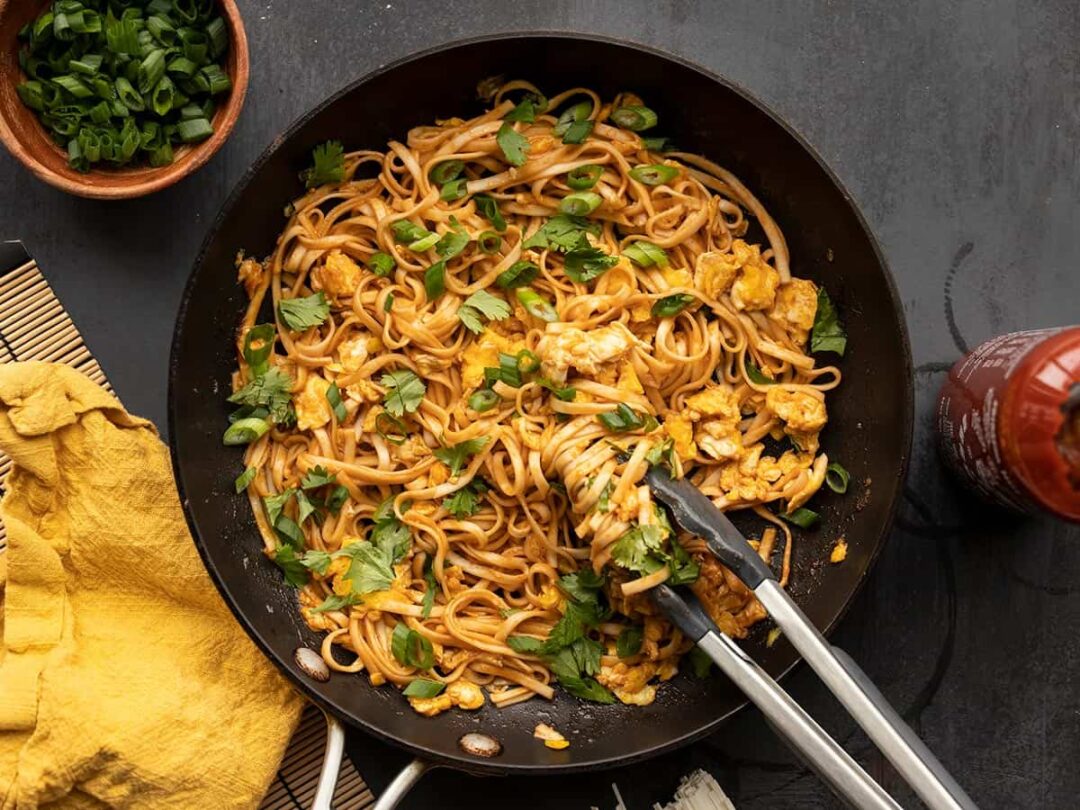Choosing a suitable cooking device for your kitchen is really a difficult thing, because it also involves cooking habits, daily dishes and the area of your kitchen.
Apronese used to think that the more cookware the better, but sometimes, the right fit is the best. Choosing a cooking pan is the same, moving one or two sizes is also a problem, 3 qt vs 4qt should choose which type, saute pan is the most suitable.
If you are still confused in your shopping process, the following article will assist you in detail about the form and function of the two types, for you to make the final decision.
Cooking a delicious dish requires using the right cookware, right?
What’s a Sauté Pan?


This medium-sized sauté pan is often interchangeable with the normal skillet, but there is a significant difference in the design of the two of them.
The sauté pan has taller, straighter sides and a larger surface area, as opposed to the skillet’s slanted sides.
This sauté pan has a broad, low-profile design, which allows the ingredients to be exposed to a constant source of heat, while the stainless steel construction helps to keep splatters at bay. Its wide walls provide a source of even heat and assistance in cooking.
In comparison to many sauté pans, this pan comes with an ergonomically-designed handle that allows it to stay cool as well as help with the transfer from stovetop to table regardless of what is happening at the time. The tight-fitting lid helps lock in moisture and helps retain heat for a long time.
What Is a Standard Size Sauté Pan?
This pan comes in a variety of sizes, including 3, 4, and 5 quart sizes, as well as half sizes.
The 4 quart size is a good standard size that can accommodate most meals, but if you are cooking for a larger group, you might find a 3 quart size more accommodating.

Factors to Consider Between 3qt and 4qt Sauté Pan
The two types of pans 3 Qt & 4qt both have different points in common and different, of course, not too much difference, depending on the needs of your family to choose the most reasonable pan.
Household Size
If you cook for yourself, you might want a smaller sautéed pan. However, if you are doing meal prep, then a larger sautéed pan will work better. Smaller pans are good for cooking for one, but larger ones are better for cooking several meals.
The size of the pan should be based on the number of servings you intend to cook also. For example, if you plan to cook six portions and freeze five, then the serving size you selected should be six.
Thus, select a size that allows you to cook in as few batches as possible without overcrowding the pan.
The result of an over-crowded sautéed pan is a lack of efficiency. It will have difficulty maintaining its temperature, and the food won’t cook evenly over the whole surface of the pan.
Cooking Purpose
It has been found that sauté pans are perfect for shallow frying, reducing sauces, and bringing to a boil, since the steep sides prevent spatter as the hot liquids bubble when they contact the hot surface.
The size of the skillet you should use for searing foods depends on the size of the dish you are going to use, as a 3-quart pan will suffice for two small chicken breasts and a 4-quart to 7-quart pan will suffice in terms of cooking five or more chicken breasts or salmon fillets.


Materials
Generally speaking, sauté pans are manufactured from the following types of materials:
- Stainless steel with an aluminum or copper core
- PTFE-based non-stick with aluminum or hard-anodized aluminum exterior
- Cast iron or enameled cast iron
You can operate your sauté pan under the broiler or enjoy high-heat cooking such as stir-frying instead of PTFE-based non-stick. These materials are designed to handle temperatures up to 500°F.
However, if you want to cook with them under the broiler or enjoy high-heat cooking such as stir-frying, stick with stainless steel or cast iron that will not rust.
Weight
There is no doubt that bigger sautéed pans are more heavy than smaller ones. It is very important to consider the weight of the pan before purchasing one. You don’t want to purchase a pan that is too heavy for you to handle comfortably.
Weight varies greatly from pan to pan, but the construction and material of the pan also have an impact on weight.
There are several factors to keep in mind when choosing an appropriate pan. A 5ply sauté pan, for instance, is heavier than a single-ply sauté pan or one with an impact-bonded base. Cast iron pans are also thicker and heavier than aluminum nonstick pans.
There are several factors to consider when choosing a saute pan, including its size and weight; additionally, add a couple of pounds to accommodate the weight of food and liquid in it. Many recipes call for searing on the stove and then roasting in the oven, so be sure you can handle that change.
Price
If you compare the same brand and collection of pans, you will notice that the larger sauté pans are more expensive.
As a result of this, price fluctuations can occur among brands.
For example, a 3-quart All-Clad D3 sauté pan costs more than a 3-quart Anolon sauté pan. Although brands could differ across the board, a 3-quart All-Clad D3 sauté pan may cost less than a 3-quart Anolon sauté pan.
As well as varying prices across brands, prices within a brand also vary between collections.

Some Types of Pans 3qt Vs 4qt Saute
3qt Sauté Pan
4qt Saute
FAQs
Should I Get 3 Qt or 4 Qt Sauté Pan?
It is recommended that you at least have a 3-quart saute pan when cooking at home. Anything smaller than that is too limited as it does not accommodate cooking 3 adults at a time. A 3-quart saute pan is big enough to cook 3 adults but not so large as to clutter your cabinet or be too heavy to handle.
When you have the space and budget, go with a 4- or 5-quart sauté pan. Both have enough room to not overcrowd the pan, so that food cooks evenly and you don’t have to worry about water splashing on you. Furthermore, both pans are perfect for large one-pot meals.

How Big Is a 3 Quart Pan?
You should become familiar with the 3-quart baking dish as soon as possible, because it’s one of those kitchen essentials that is easy to overlook.
The 3-quart baking dish, sometimes referred to by its dimensions, 13″x9″, is a practical kitchen necessity that is important for your everyday life.
The resulting comparison has provided you with an opportunity to sit down and figure out which saute pan size you are interested in using.
If you want to find the appropriate saute pan size, then you must determine what’s most important to you and focus on that.
Apronese has detailed instructions for you, the rest is up to you.
If you have any good tips about these two types of pans, be sure to share them in the comments below.







